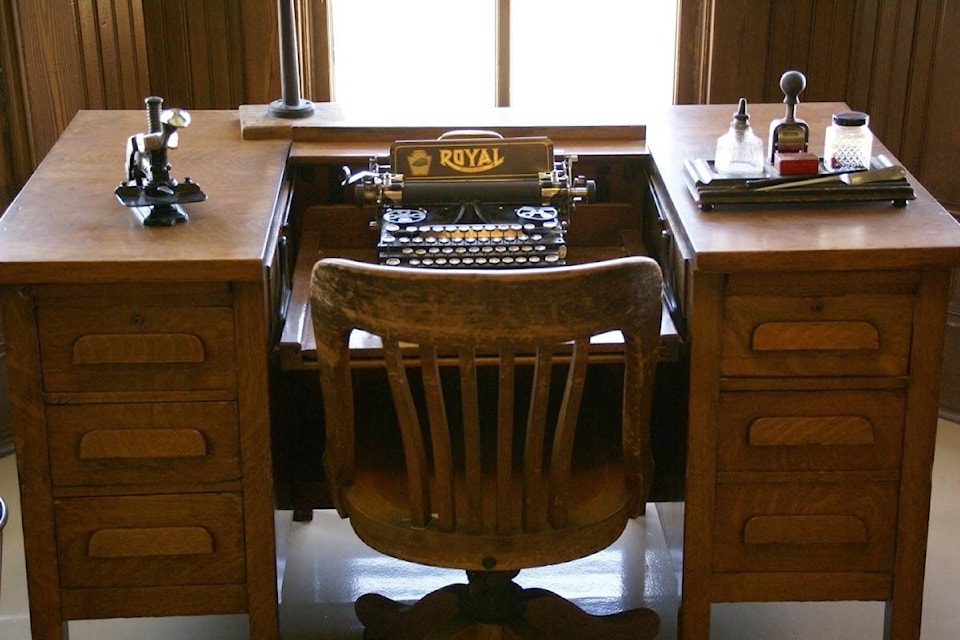Many people in this region have doubtless been watching in horror as wildfires rage in Australia. The images of fire, with the tragedy playing out under the thick, choking brown smoke that we endured in 2017 — when our own communities burned — and again in 2018.
The scale of what is happening in Australia, however, is almost unimaginable. In 2017, 1.2 million hectares burned in B.C., a grim record exceeded in 2018, when 1.35 million hectares burned. As of Jan. 4, 2020, nearly six million hectares have burned in Australia.
More than 20 people — including some firefighters — are confirmed dead, with several people still missing. More than 1,400 homes have been destroyed. Tens of thousands of people have been evacuated. The fires have decimated wildlife habitat, leaving untold millions of birds and animals, including some protected and endangered species, dead. Ecologists are now saying that it is almost certain that some species will be pushed to extinction, and that conservation efforts have been set back by decades.
The permanently wet rainforests along the spine of the Great Dividing Range are burning for the first time in recorded history. They are remnants of Gondwana, the ancient supercontinent that broke up about 180 million years ago, and they will not come back.
“These fires … oh my lovely country, my dear old friend. What have we done to you now,” wrote award-winning Australian cartoonist Andrew Marlton in his “First Dog on the Moon” cartoon in The Guardian on Jan. 3 (http://bit.ly/2FxqiFf). “The south east is burning. This is where I come from, my childhood is in flames.
“The size, the breadth of the pain and terror, the wild span of destruction cannot be held in a single human heart — it is too big — we must hold each other my loves. All of the dead, and there will be more — the millions upon millions of creatures dying terrified — our hearts break again and again.”
It is not long, however, before the piece rips into Australian prime minister Scott Morrison, a climate change denier par excellence. “[He] didn’t light these fires, but he refused to prepare for them so he might as well have… . Never forget that these mega-bushfires are the result of years of deliberate effort by the coalition [government], big business and the Murdoch media.”
Scientists have repeatedly warned the Australian government that climate change is real, and behind the increasing duration, size, and severity of wildfires over the past few years, but successive governments have refused to listen. Firefighters have repeatedly asked for more resources to fight the fires, but those resources have not been forthcoming. Since at least 2009 there have been calls to return to cultural burning — sometimes called fire-stick farming — which was practiced pre-colonization in Australia in 1788. The burns were slow, controlled, and rotated year by year, and in addition to preventing the build-up of vegetation, they germinated seed-pods and regenerated trees and grasses. They also allowed animals time to relocate.
In Australia and in B.C., governments have been told that more controlled burns are needed as we deal with climate change. After the 2003 B.C. wildfires, the Filmon report recommended that 800,000 hectares of forest be treated to decrease the fuel load; between then and 2017, about 78,000 hectares — less than 10 per cent — was treated.
We don’t have all the solutions for preventing wildfires and the devastation they cause, but we have enough that we can help ourselves, our land, and the wildlife that depends on it, if only there is the will to do it. “If we are going to save ourselves from this deliberately orchestrated terror we need to change more than just the government,” writes Marlton. He’s right. We can all be—have to be—part of the solution. There is no Planet B.
editorial@accjournal.ca
Like us on Facebook and follow us on Twitter
